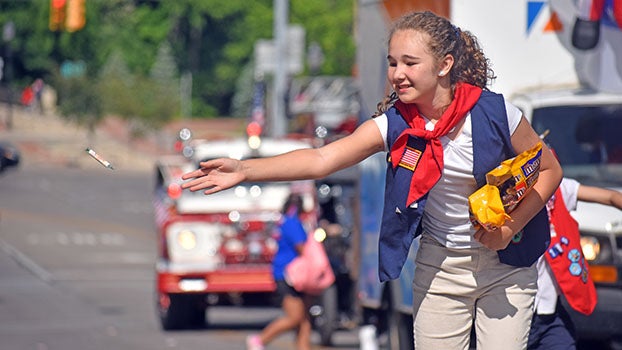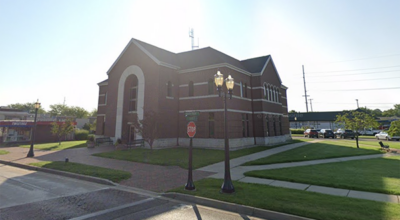Restored Dowagiac grain drill unveiled at SMC museum June 22
Published 6:22 pm Sunday, June 12, 2011
Its wooden seed box, faded by time, once was so fancily painted that it’s hard to imagine its purpose was as a farm implement.
Its moving parts rusted like the Tin Man left out in the rain.
Yet, to Steve Arseneau, director of the Museum at Southwestern Michigan College, the donation of the 1910s Dowagiac Manufacturing Co. grain drill is an extraordinary item to have in the museum collection.
While today, Dowagiac grain drills litter the landscape as yard ornaments — rusting away over the years, this drill acquired by the museum sat in a barn on the Butler family farm near Jones for almost three-quarters of a century.
Diane Butler donated the seed planter to the museum last fall.
The museum will host an unveiling of the restored Dowagiac grain drill from 4 to 6 p.m. June 22.
Museum staff and volunteers will be on hand to talk about the project.
Light refreshments will be served.
The museum also has other Dowagiac Manufacturing Co. artifacts, including advertising materials and a miniature salesman’s demo drill from 1893.
“The Dowagiac grain drill represents a fine piece of local history and was in very good condition,” Arseneau said. “Very rarely does one turn up that has original paint still on it, which this one did.”
Dowagiac Manufacturing Co. was known across the nation and the world, said Arseneau, selling its grain drills in Europe, South America and Asia.
In 1899, it boasted in its advertising that it was the “largest drill factory in existence.”
At that time, Dowagiac Manufacturing Co. was also selling bicycles, carriages, buggies and wagons, he added.
“This beautiful Dowagiac grain drill was in good condition, but needed restoration to make it appear as it did 100 years ago,” said Tom Caskey, museum exhibit designer. “Initially, we cleaned the drill, disassembled it and then we carefully cleaned the parts. This has required a lot of painstaking work.”
Arseneau said more than 1,000 hours have been devoted to the restoration project, which was headed up by Caskey along with a group of museum volunteers including Al Palmer, Chuck Timmons, Ken Hartman, Doug Fry and Marc Dombrosky.
Caskey and the volunteers painstakingly disassembled the drill, labeling all parts and documenting through photographs the process.
The group was fortunate to have a manufacturer’s catalog.
The drill consists of a wooden seed box with cast iron attachments and a steel frame.
The wood was painted red with decorative touches, lettering and the company logo.
While the condition of the grain drill was better than most, the metal had rusted over time and some of it had been painted.
“Our object in the case of wood parts was to save as much of the original paint as possible,” Caskey said. “Much of it was cleaned, protected and saved as-is. In the places where repainting was required, we had a lot of information from the original paint. Our task was to preserve as much as possible so the drill could be displayed as an accurate example of the original product,” said Caskey, adding the conservator at the Henry Ford Museum in Dearborn was consulted about the restoration project.
Through Internet research, Caskey said he discovered an effective method used to clean metal parts without damaging the drill, which also proved safer for the handler.
“We immersed the parts in a water/washing soda solution in an open 55-gallon drum,” Caskey explained. “Then, we connected the parts to the negative side of a DC power source while the positive side is connected to some sacrificial pieces of iron or steel. Usually, an overnight immersion in the de-rusting tank is adequate.”






